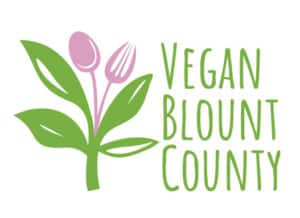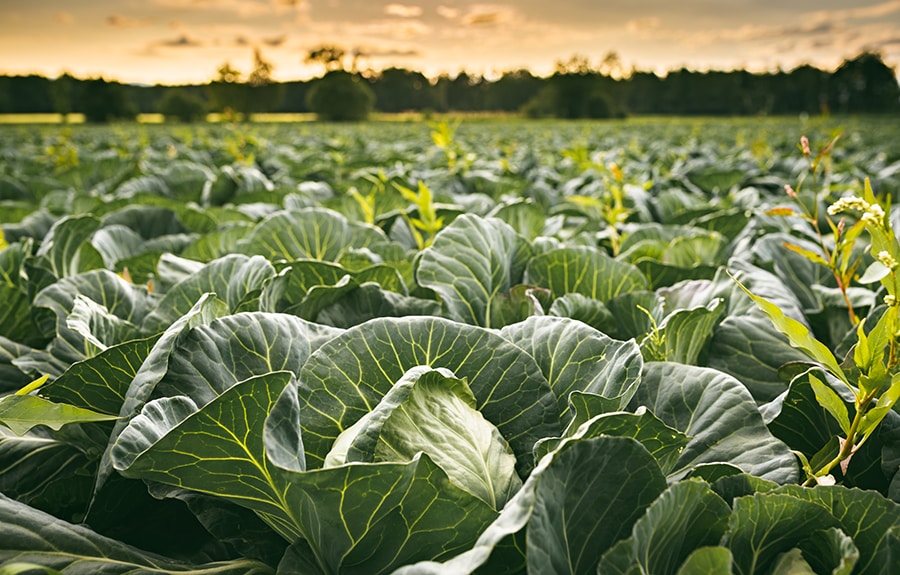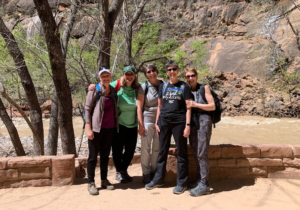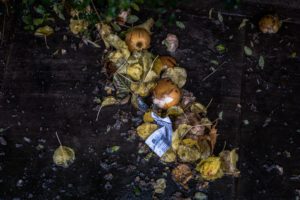- How To Learn From Melanie Joy’s Enlightening Concept of Carnism To Improve the World - June 24, 2024
- Unwrap Compassion: Unique Gifts for Vegans That Inspire and Delight - December 11, 2023
- Enjoy The Delightful Plant People Boutique: Beautiful Plants and Lovely Snacks - November 20, 2023
What is Vegan Permaculture?
First, permaculture is a combination of the words ‘permanent’ and ‘agriculture.’
The goal of permaculture is to create sustainable systems that support the environment. For example, in a garden, you reap the benefits of the harvest and nurture the soil.
‘Vegan permaculture’ is doing so in a manner that does not exploit animals. Not all permaculture systems consider the impact on animals. In fact, many use animals for their byproducts (milk, fur, meat) and their manure for the soil.
But it is possible to create a self-sustaining system without exploiting animals.
Vegan Permaculture Resource
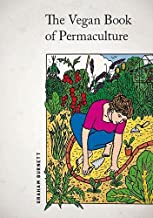 I like this primer: The Vegan Book of Permaculture by Graham Burnett.
I like this primer: The Vegan Book of Permaculture by Graham Burnett.
Burnett offers guidance on how to live sustainably as a vegan, emphasizing nurturing yourself and the land. Included are recipes, advice on sourcing food, gardening, and interacting with and giving back to the community.
His work focuses on three ethical guidelines that underly vegan permaculture:
Earthcare: Respecting our planet
Peoplecare: Supporting and helping each other to live in ways that nurture our health and the planet
Fair Shares: equitable sharing of resources
Reducing Your Footprint
One way to take a step toward vegan permaculture is to reduce your footprint.
Bea Johnson, the author of Zero Waste Home: The Ultimate Guide to Simplifying Your Life and Reducing Your Waste, summarizes her approach in this graphic:
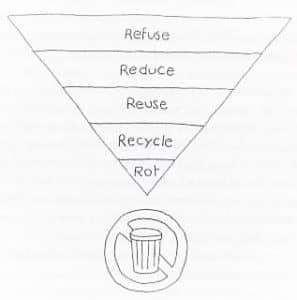
In this article, I will focus on Rot, but let’s take a quick peek at the other R’s: Refuse, Reduce, Reuse, and Recycle.
Refuse: Say No to Giveaways
This interesting addition of ‘refuse’ to the traditional ‘reduce, reuse, recycle’ approach focuses on the stuff we accumulate for free. Do you accept free stuff that you never use? I’m prone to accepting free office supplies that I don’t really need.
Say no to giveaways. When I received my COVID vaccine, they made me keep the pen I used to fill out the form. Curses!
Reduce: The Impact of Your Consumption
If you don’t have a way to manage your purchases, you end up with more than you need. And it can sneak up on you. For example, how many different types of condiments do you have, and do you end up buying more because you can’t find the one you want in the refrigerator? Another example is neglecting the upkeep of appliances and equipment, a problem I have. Better care would mean I don’t end up sending them to the landfill.
Reuse: Upcycling Can Make the World a Better Place
I’m inspired to try to get by with what we have. For example, I use plastic containers as tiny greenhouses. And I save seeds. For more on why this is important, read How To Save The World by Saving Seeds.
Recycle: The Decision to Toss It
Do you have equipment that you rarely use? Storing and maintaining stuff like this can be a burden. Why not gift it to someone else who needs it?
And, you may be surprised at the recycling options available locally. Go to the Earth911 website, put in your zip code, and search by category.
Rot: Build Your Vegan Permaculture
Rot is another addition to the traditional 3 R’s. Besides reducing the waste that leaves my house, I’m motivated by the opportunity to make compost for my garden.
Composting is undoubtedly a place where we can meet nature halfway.
My composting efforts include some traditional methods.
Compost Bins
I have several containers in my backyard that I upcycled from trash cans. I layer yard materials, food waste, and shredded paper and let nature take its course. I’ve noticed that worms crawl through the drainage holes and live in my bins. After a year, I have gorgeous compost.
Leaf Mold
We have many large trees, so my husband rakes up the leaves and mulches them with the lawnmower. I let them sit for a year and then add the resulting leaf mold as a mulch in my garden beds.
Brush Pile
I created a brush pile mainly to provide an environment for wild critters. But it is also a method of composting. The logs and large sticks take years to break down, but the resulting compost is spectacular.
I also use two less traditional compost methods.
Bokashi
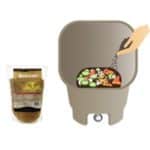 Bokashi is a Japanese style of composting that is a form of fermentation. The resulting compost has been broken down into the perfect food for the critters in your soil.
Bokashi is a Japanese style of composting that is a form of fermentation. The resulting compost has been broken down into the perfect food for the critters in your soil.
The starter is a powder with effective microorganisms. I put my kitchen scraps in, sprinkle on a handful of the bokashi starter, and seal the bin.
When it is full, I let it sit for two weeks. Then I bury the compost in the garden. This technique works well if you need compost quickly.
Bokashi bins with spigots in the bottom allow you to use the ‘bokashi tea,’ diluted with water, on your plants. But I use an upcycled kitty litter container for my bin. It works great.
Vermicomposting
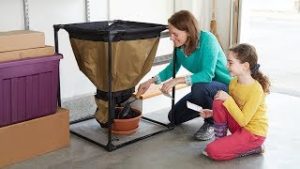 Worm bins: put food waste in and get fantastic compost out.
Worm bins: put food waste in and get fantastic compost out.
You can use worm castings as side-dressing and, mixed with water, as a ‘worm tea.’ Your plants will love it in either form.
Vermicompost has a profound effect on plants. It boosts the nutrients available to plants, helping seeds to germinate more quickly, grow faster, develop better root systems and produce higher yields…vermicompost also helps suppress plant diseases and insect pests. – NC State Extension
For years I had an upcycled, homemade worm bin. But recently, I’ve moved on to one that can be kept in the house. I did this mainly because the worms can’t be too cold or too hot.
After much research, I purchased the Urban Worm Bag. I put kitchen scraps in the top, which draws the worms up. The castings they leave behind are harvested from the bottom.
Worms Eat My Garbage by Mary Appelhof is a good resource for getting started in vermicomposting.
Get Started on the Path to Vegan Permaculture
Vegan permaculture is a journey toward sustainability. Remember that by choosing to eat plants, you have already made a significant difference for the planet. Thank you for making the world a better place.
Read Next
How To Use Your Stuff To Make The World a Better Place
Happy Birthday to Me: How I Found New Life as a Vegan
My Journey of Compassion For All Beings
Bluetick Tavern Offers Vegan Comfort Food
